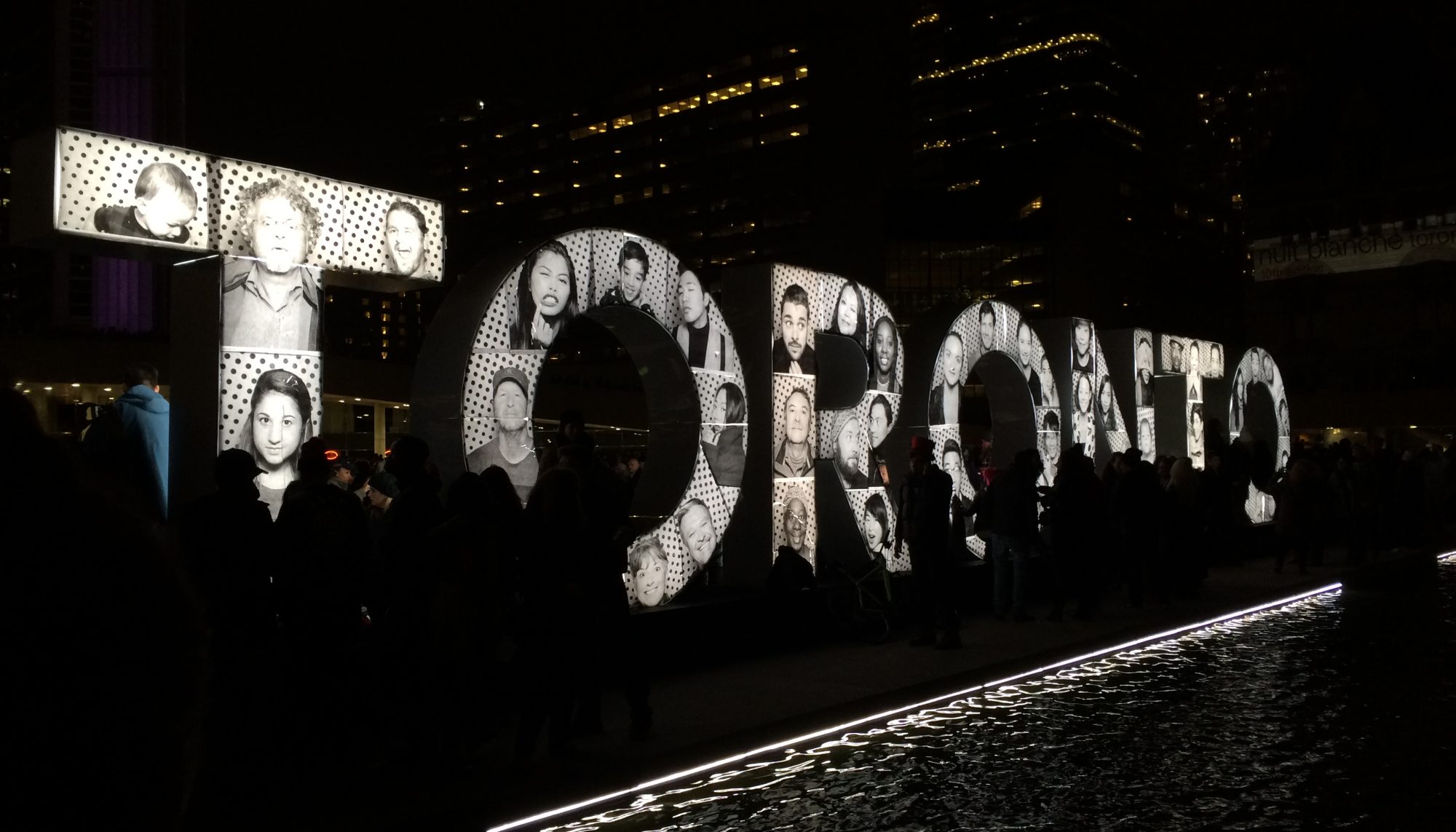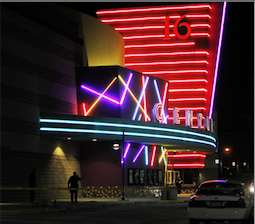[no spoilers]
Last night I finally had a chance to see The Dark Knight Rises & I left the theater thinking 1: it’s a very good film and 2: how very very sad I was.
The theatre was packed and I would bet that many of us had moments when the Aurora shootings flickered through our thoughts. I didn’t think about it in the first action/fight sequence when the Aurora shooter opened fire on the audience. I started thinking about it later, as the tone of the film became darker and Gotham City became a dystopian vision of the Occupy movement taken to a radical extreme of violent and absolute class revolution. As the final act played out, I was mulling on the long list of action movies that depict the brutalization of the hero by the villain via intense torture or beating scenes played out on the body of the actor – Bruce Willis, Mel Gibson, & yes, Christian Bale. I shelved the question of why? what cultural value does that scene have? until later as I know others have written about it. (Read the Iliad and you see a very different treatment of the hero). And in the final action sequence with the return of The Batman, I found myself thinking about action movies, violence and immersion.
I’ve spent the last 11 years thinking about immersion, how to tell stories in new ways, through new platforms and modes of engagement. How to design to prompt audiences to act, to interact with and now sometimes to contribute to the story and/or storyworld. I want to bypass the points of discussion being raised in the US on the impact of violent games and films, the culture of violence, around the value and sanity of current gun laws. 1. I am not American, 2. I am not an expert on gun laws, 3. I have no idea what the shooter (whom I will not name) was actually thinking or whether he played violent 1st person shooter games or whether he had ever watched The Dark Knight: Why So Serious? Many of the excellent responses since posted have jumped to the broad social points of inquiry: what are the causes of gun violence? do porous gun laws contribute to gun violence in society? (Michael Moore) does a violent media culture foster violence? what questions should we be asking about fictional representations of violence? (Henry Jenkins) should Americans be reevaluating how the 2nd Amendment is interpreted? (Jason Alexander) Why is it that it is easier to buy assault weapons & ammunition than prescription Sudafed? (Jon Stewart). Similar points of discussion are playing out in Toronto with the last week’s repeated instances of gun violence and deaths.
What strikes me still this morning is that while the broad societal questions and discussion are valuable if IF any significant knowledge or action can be drawn and acted upon, the actions of the Aurora shooter were very specific and in some ways very clear. We cannot know exactly what he was thinking over the months leading up to this massacre, but I would bet on the following.
We do know by the way the shootings unfolded that he designed and acted on a plan to insert himself into the psychic space of the film, the movie and the movie theater. That he created an immersive experience for himself and the audience that placed him as the central dominant figure, casting himself as the psychopathic villain within a fictional space that became real. That he must have planned thinking that with the first action sequence he would reenter the theater & begin his disruption of that shared immersive experience. That he did so to be remembered, to join a list of gun massacre perpetrators and sadly, he will now forever FOREVER be linked to The Dark Knight Rises and hundreds of years from now, if someone looks up this film, he will still be there.
That invasion of reality by one man’s fantasy projection of himself is deeply, profoundly disturbing as I cannot shake the sense that what he did was design an immersive experience with precisely the same logic that I often use myself. How to blur the line between reality and fiction, how to draw an audience in, how to create emotional and action triggers, calls to action, that invite, seduce, and immerse. The reports that many of the survivors initially thought that the gas & the gunfire sounds were part of a promotional stunt reinforces this conclusion. This is where discussions of fictional violence fall short to me because the shooter brought the fiction to life, created a new immersive experience of gun violence and death that functions to me like an Escher-like loop between the onscreen narrative and what was playing out in the theater. As I write this, here’s a tweet popping up ‘How to Write Powerful Content that Powerfully Connects.’ This is exactly what the shooter did.
What I am left thinking about this morning is how my relationship to the immersiveness of action films and depictions of violence has now changed. There were moments of absolute silence in The Dark Knight Rises in which I was powerfully aware of that shared physical and psychic space of 200 hundred living breathing people riveted, drawn into the narrative being played out on screen. And simultaneously, again, I was very sad that in the genre of epic action films, the hero needs an epic, psychopathic villain to overcome in order for the genre contract to play through to a ‘satisfying‘ conclusion. That psychic space is what the shooter usurped, that is the role he seems to have claimed for himself, and what he was thinking in those moments we will likely never know. I don’t have a ‘conclusion’ for this post. What I do have is a lingering sense of how profoundly disturbed this individual was and questions that can’t be easily answered that will remain with me as I move on into my work day, thinking about designing for immersion and interactive storytelling and the relation of audiences to fictional content.
Refs:
Jason Alexander, http://www.twitlonger.com/show/if2nht
Henry Jenkins, A Pedagogical Response to the Aurora Shootings: 10 Critical Questions about Fictional Representations of Violence, July 22 2012
http://henryjenkins.org/2012/07/a_pedagogical_response_to_the.html
Michael Moore, It’s not the guns, but we all know it’s really not the guns.
http://www.michaelmoore.com/words/mike-friends-blog/its-guns-we-all-know-its-not-really-guns

